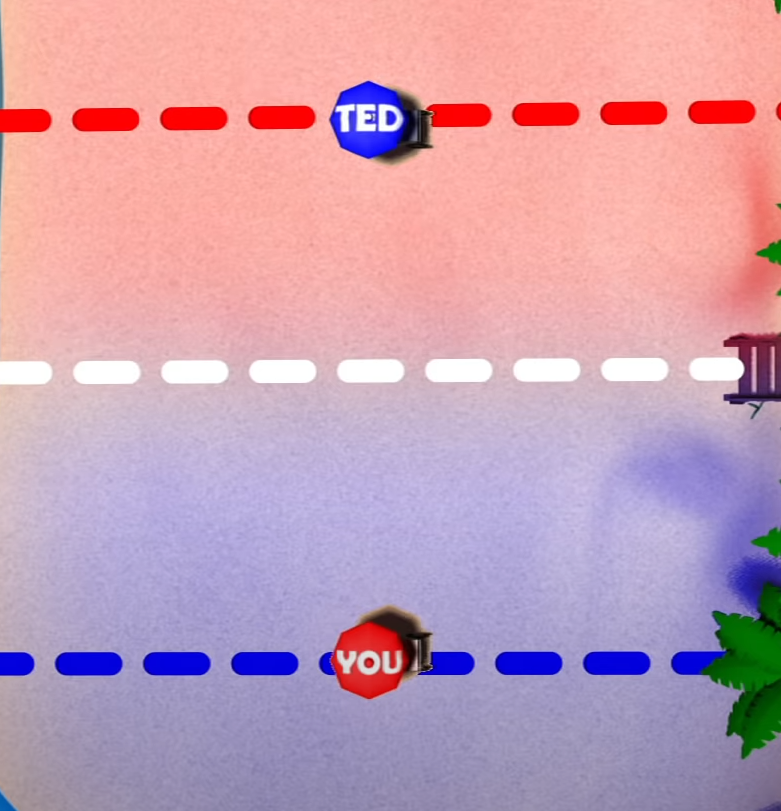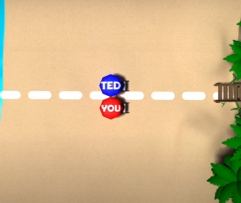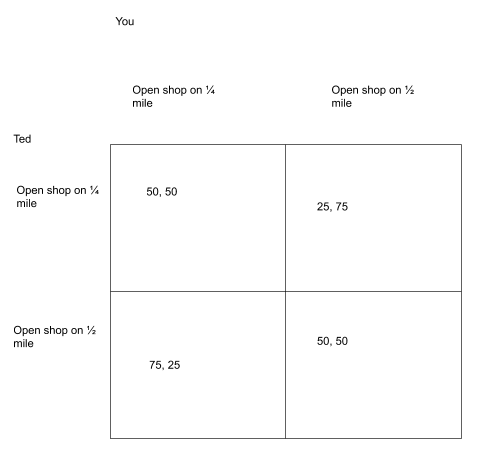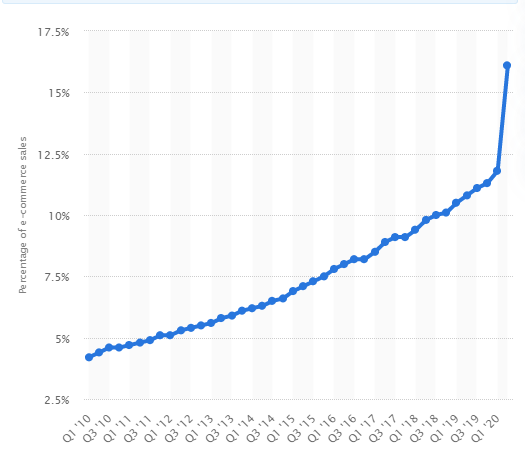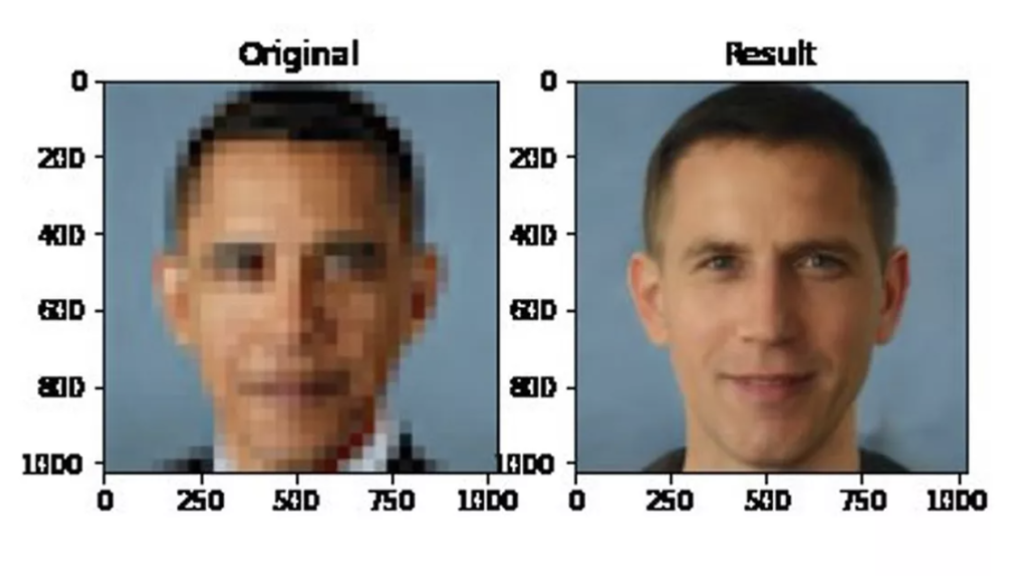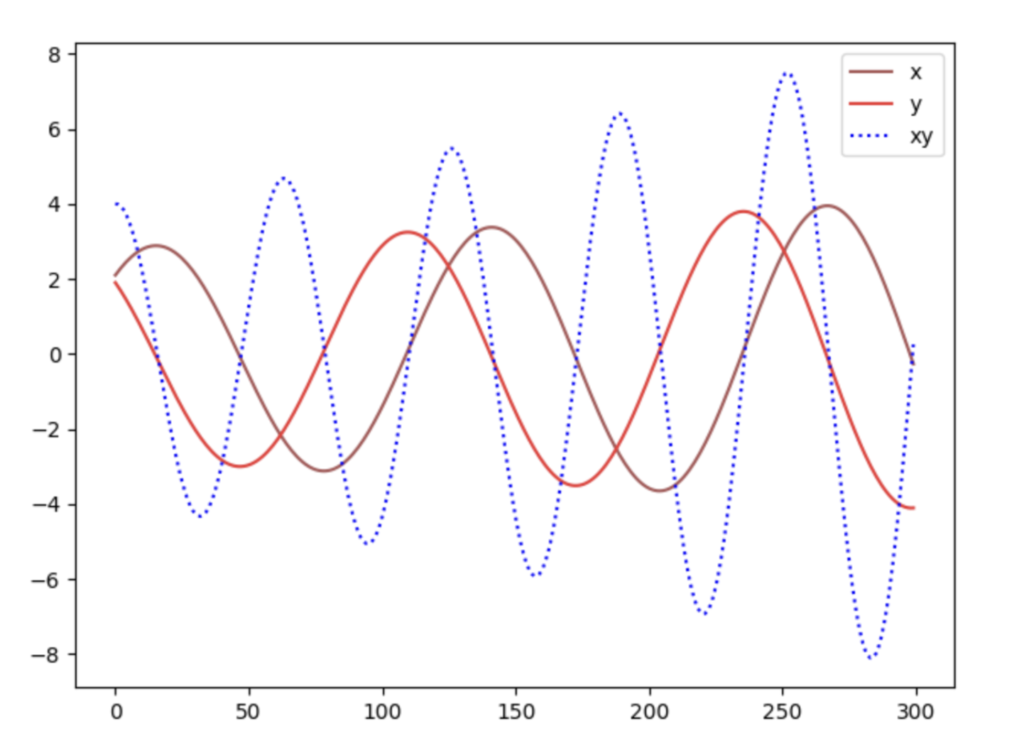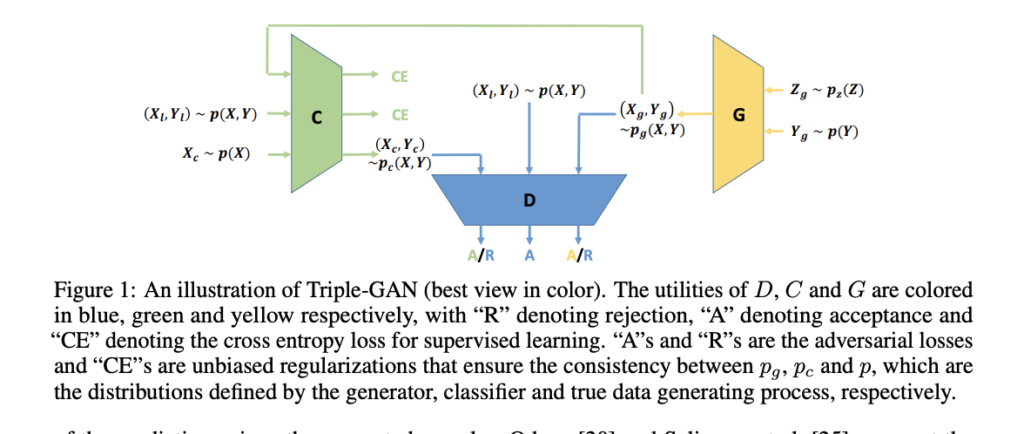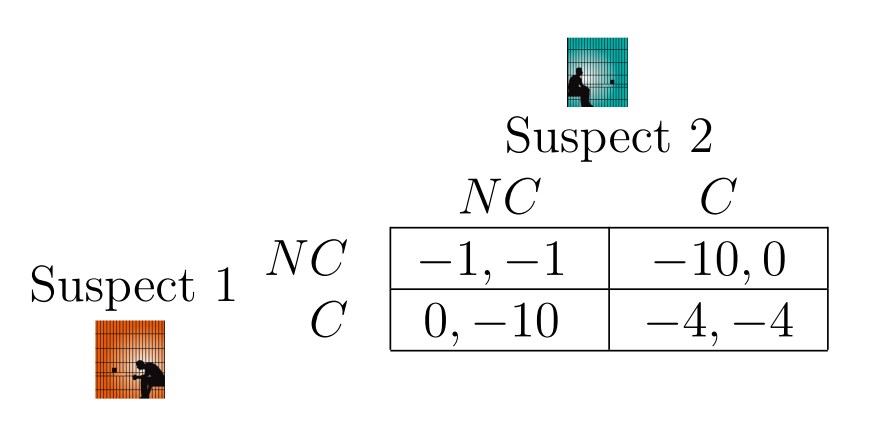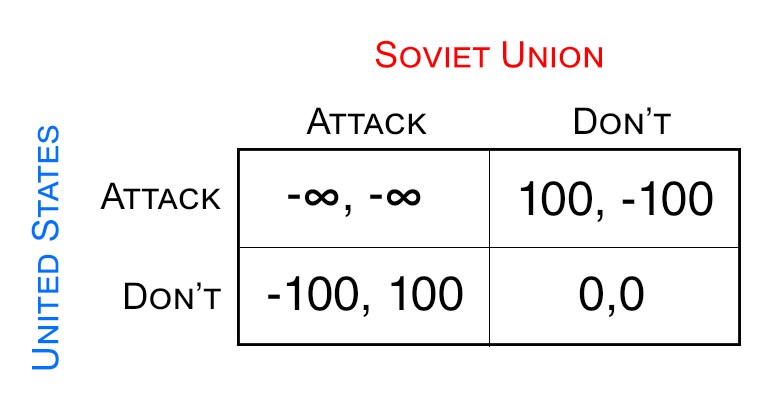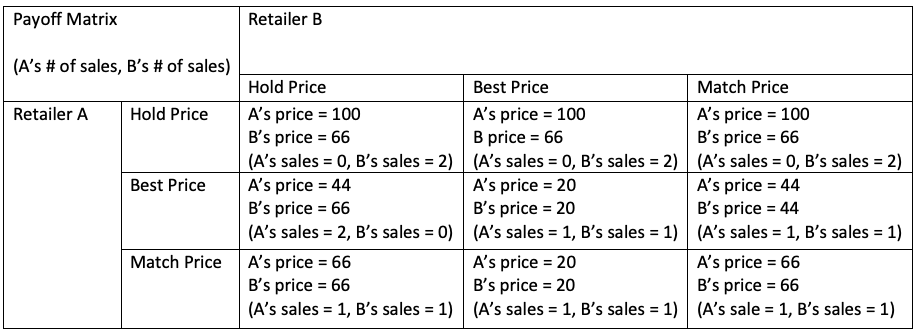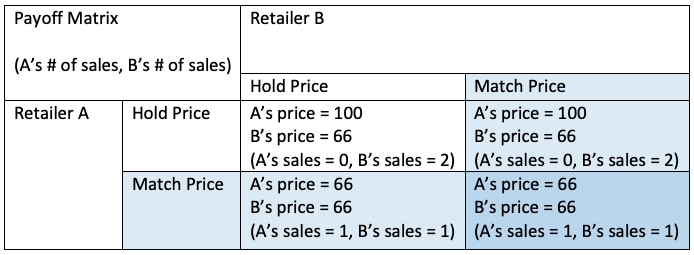During one of our recent lectures, we were introduced to Game Theory and the modelling of simple two player games in a 2 by 2 matrix that consist of payoff values which sometimes vary depending on not just the decision the player chooses, but also depending on what the opposing player chooses too. This topic is a good way to explain the current climate change situation through various scenarios.
The bottom line and perhaps obvious reason why countries are slow in the reduction of carbon emissions and introducing policies to the benefit of the environment is because exploitation is profitable. At the present, from an economic perspective, using the resources we have provides the most individual benefit to its own nation. Thus even if two states or nations X and Y cooperate right now, looking at it individually there is more to gain from exploitation.
/media/img/posts/2016/04/Untitled_2/original.png)
However sometime in the foreseeable future this will stop being the case. Near the collapse of our ecosystem, perhaps when we are seeing many heat storms or hurricanes or some other indicator, the priority of X and Y will now be protecting the environment. Exploitation now becomes a very unattractive option, as the need to sustain our ecosystem is critical for the survival of our planet. The other change is now that we are looking at things from the perspective of the whole ecosystem, X and Y will benefit, even if only X acts in the interest to protect the environment, since climate change is a global phenomena.
/media/img/posts/2016/04/Untitled_3/original.png)
Yet, the above figure does not accurately portray both sides of the equation where there exists both the gain keeping the environment safe, but also the cost of passing environmental laws and the scenario where one nation benefits “freeloading” off of another nation enacting their policies. Let us create a scenario where the nations are the United States and China, where the situation is already at 10 point deficit. The benefit of one nation enacting policies is +3 to both nations as the environmental benefit, yet let’s say the individual nation’s cost to enact the policy is even greater at -4. We end up with a scenario like below.

D.L. and T.R. however have one of the nations getting the -10+3=-7 environmental benefit of the other nation without having to pay the -4 since they did not enact any policies while the other nation has a net negative with gaining their own environmental benefit but losing out due to their own cost of -10+3-4=-11
D.R. remains unchanged since neither nation enacted any policies
Thus, we can end up in a scenario where even though the best option overall looks to be the countries working together, individually it always make more sense trying to defect and not help the environment instead as the dominant strategy. This scenario mirrors the Prisoner’s Dilemma and it might be an ongoing scenario realistically between nations for many years to come before the cost of our environment will outweigh the cost for the nation to pass the environmental laws.
These are all hypothetical scenarios of course and many other factors and costs and payoffs are realistically put in to play, but it was just a simple model showcasing what may be a realistic payoff model that would continue to deter countries from trying to fight against climate change. Hopefully, nations come to some incentive to fight for climate change earlier than later and come to a solution before we are lead to the collapse of our ecosystem.
Sources:
II, V. (2020). Is Climate Change a Prisoner’s Dilemma or a Stag Hunt?. Retrieved 20 November 2020, from https://www.theatlantic.com/notes/2016/04/climate-change-game-theory-models/479340/
Highfield, R. (2020). Climate change will get a whole lot worse before it gets better, according to game theory. Retrieved 20 November 2020, from https://www.wired.co.uk/article/climate-change-prediction-game-theory-tragedy-of-commons




